Warum verirren sich Ausländer in polnischen Toiletten?

Es mag scheinen, dass es in polnischen öffentlichen Toiletten nichts Kompliziertes gibt, aber für viele Touristen, die unser Land besuchen, kann der Besuch einer öffentlichen Toilette zu einer echten Herausforderung werden. Alles wegen zwei unscheinbarer Zeichen, die für Polen selbstverständlich sind, aber bei allen anderen Ländern für Verwirrung sorgen. Die Rede ist von dem Dreieck und dem Kreis auf den Türen der Herren- und Damentoiletten.
Es ist schwer, sich ein Leben ohne Piktogramme vorzustellen. Dutzende einfache, leicht zu entschlüsselnde Zeichen umgeben uns alle und werden auf Verkehrsschildern, Paketen oder auch Haushaltschemikalien angebracht, um vor verschiedenen Gefahren zu warnen oder uns darüber zu informieren, wie wir handeln sollen. Die meisten von ihnen funktionieren nach dem Prinzip einfacher Assoziationen und lassen uns auch beim ersten Mal oder wenn sie neben einer Aufschrift in einer uns unbekannten Sprache stehen, ihr Bedeutung erahnen. Wenn wir ein symbolisches Feuer sehen, werden wir wissen, dass der Gegenstand, den wir in der Hand halten, leicht entflammbar sein kann, und wenn wir den Schildern mit einem Pfeil und der Silhouette einer Person folgen, die sich in Richtung eines Rechtecks bewegt, werden wir zu einem Notausgang gelangen. Aber was bedeuten die Kreise und Dreiecke auf den Toilettentüren?
Das geometrische Rätsel des Badezimmers
Wie sich herausstellt, ist die Kennzeichnung der Damentoilette mit einem Kreis und der Herrentoilette mit einem Dreieck ein sehr lokales Phänomen und kommt nur in Polen und Westukraine vor. Nirgendwo sonst auf der Welt nehmen die Piktogramme auf öffentlichen Toiletten diese Form an, was verständlich ist, wenn man bedenkt, wie unintuitiv diese beiden geometrischen Zeichen sein können. Das Dreieck wird nämlich trotz der Assoziation mit der Silhouette eines Mannes, der stereotypischerweise breitere Schultern und schmalere Hüften als eine Frau hat, oft mit der Form des weiblichen Schoßes verwechselt, was besonders gut zu einem Ort wie einer Toilette passt. Das Kreis hingegen ist genauso schwer einer Frau oder einem Mann zuzuordnen - zugunsten des erstgenannten Geschlechts spricht hier die Überzeugung, dass weibliche Formen runder sind als männliche.
Wenn es jedoch bei dem "männlichen" Dreieck um die Silhouette geht, warum erinnern die Embleme der Damenbäder nicht eher an ein nach oben gerichtetes Dreieck oder noch besser an eine Sanduhr? Die weibliche Figur ist weit entfernt von einem perfekten Kreis. Ausländische Besucher, die in den Urlaub oder geschäftlich reisen, sind oft nicht in der Lage, die beiden eindeutig zu universellen Symbolen zu interpretieren, und oft, wenn ihnen nicht die internationale Aufschrift "WC" begegnet, die aus den englischen Wörtern "water closet" stammt, ahnen sie nicht einmal, dass sie es mit Türen zu tun haben, die zur Toilette führen. Es ist wohl nicht nötig zu erwähnen, wie viel unnötige Verwirrung eine solche Situation in Restaurants, Cafés und Pubs sowie in allen Lokalen in der Nähe von verschiedenen touristischen Attraktionen verursachen kann.
Spiel von Kreis und Dreieck
Als ob die Probleme mit dem Verständnis polnischer Symbole nicht genug wären, kommt es häufig vor, dass sie auf öffentlichen Toiletten in inkonsequenter Weise angebracht werden. So kann das "männliche Dreieck" an einem Ort traditionell nach unten gerichtet sein, während es an einem anderen Ort bereits die Form einer nach oben ragenden Pyramide haben kann. Um Ausländern, aber auch uns selbst, unnötige Verwirrung zu ersparen, ist es daher ratsam, auf zu fantasievolle und schwer zu lesende Kennzeichnungen zu verzichten und sich vor allem auf die Funktionalität zu konzentrieren.
Badezimmer ist ein Raum, der auf die grundlegenden physiologischen Bedürfnisse des Menschen reagiert, daher sollte es nicht zu Situationen kommen, in denen das Auffinden mit unnötigem Stress oder Nervosität verbunden ist. Die einfachsten Lösungen, nämlich weltweit verwendete Piktogramme, die eine männliche oder weibliche Silhouette zeigen und eindeutig als WC beschriftet sind, sind daher der beste Weg, um allen Besuchern an diesem Ort angemessenen Komfort und ein Gefühl der Sicherheit in einer fremden Umgebung zu bieten. Denken wir daran, dass nicht ohne Grund die ISO, die Internationale Organisation für Normung, einheitliche Toilettenkennzeichnungen vorbereitet hat, die in öffentlichen Räumen verwendet werden sollten.
Ryszard Kurek
Alle Rechte vorbehalten. Kein Teil der Veröffentlichung (Text, Grafik, Bilder, Fotos, Dateien und andere Daten), die im Online-Shop OLE.PL präsentiert werden, darf ohne vorherige Genehmigung in irgendeiner Form oder Weise vervielfältigt oder verbreitet werden. Alle Marken, Grafiken, Eigennamen und andere Daten sind urheberrechtlich geschützt und gehören ihren jeweiligen Eigentümern.
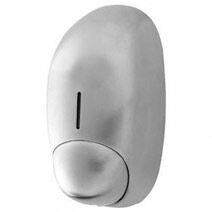
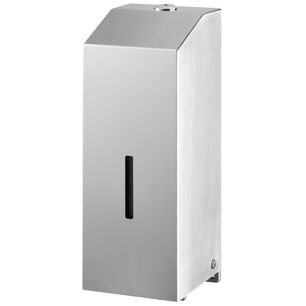
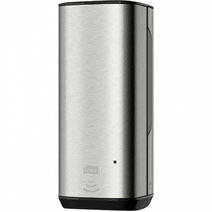
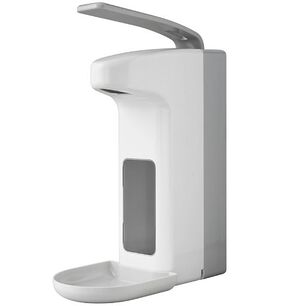
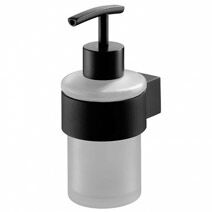
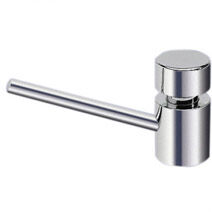

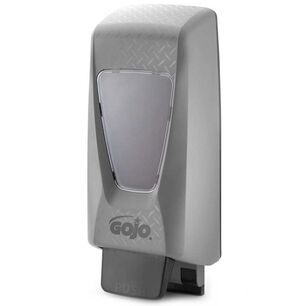
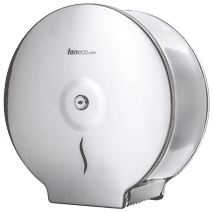
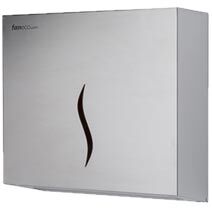
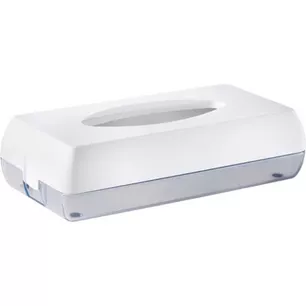
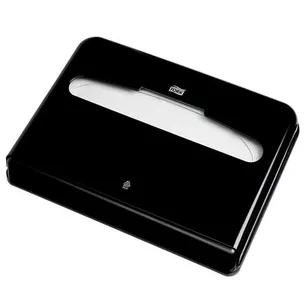
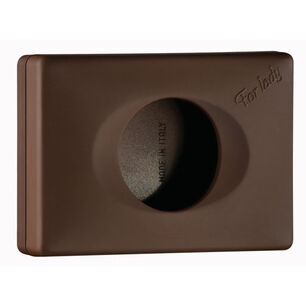
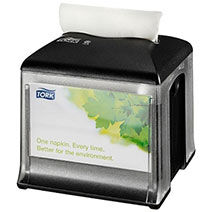
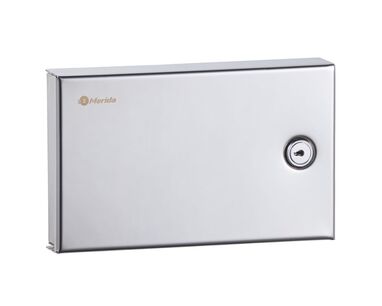
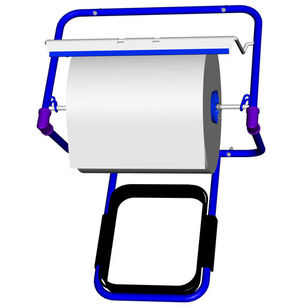
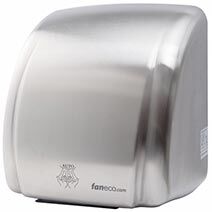
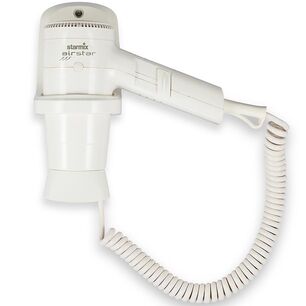
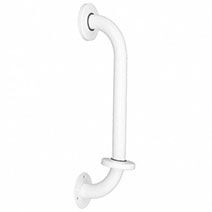
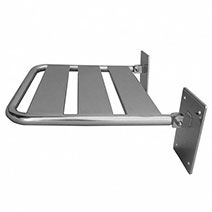
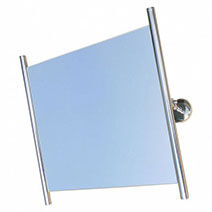
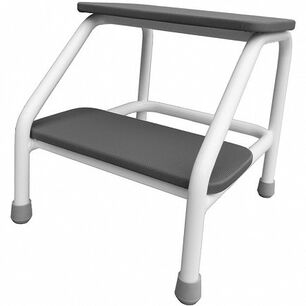
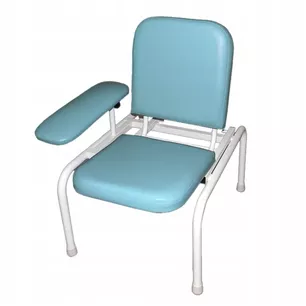
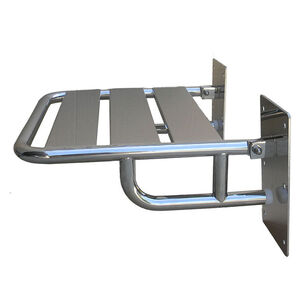
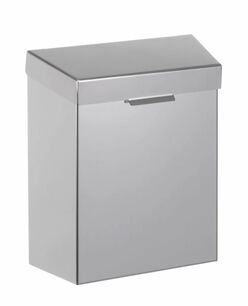

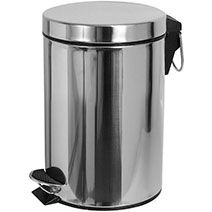
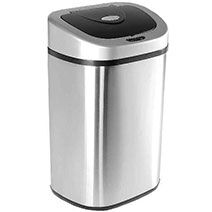
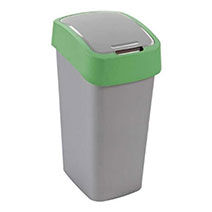
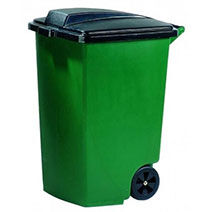
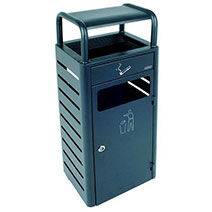
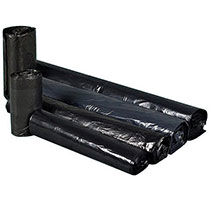
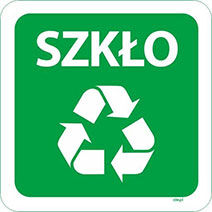
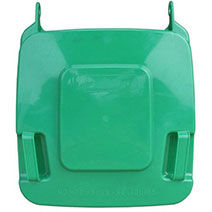
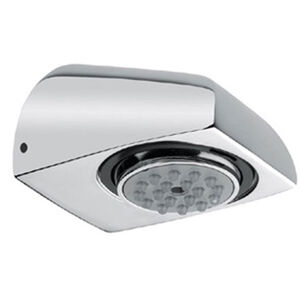
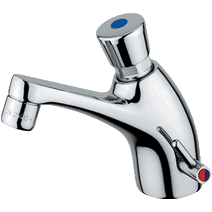
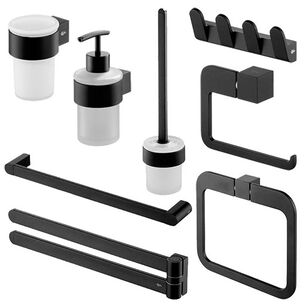
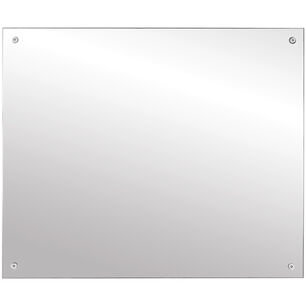


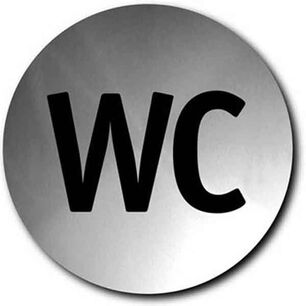
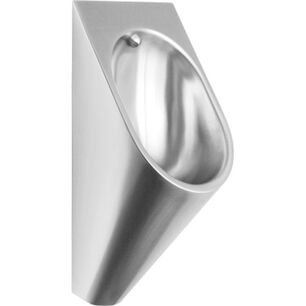
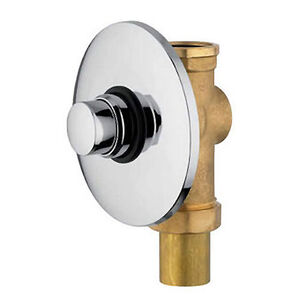
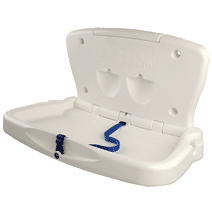

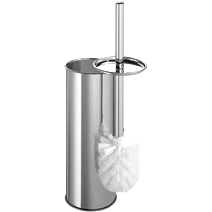
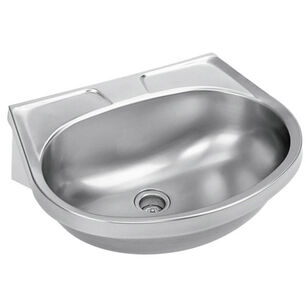
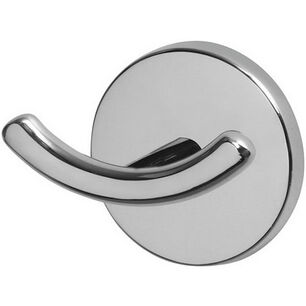
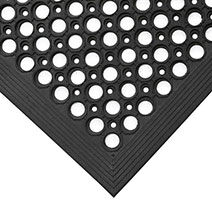
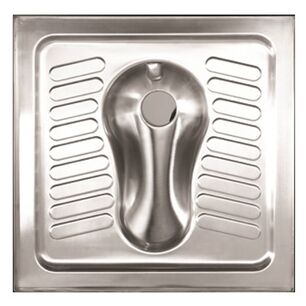




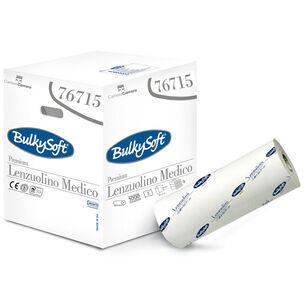


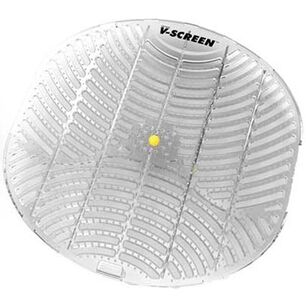

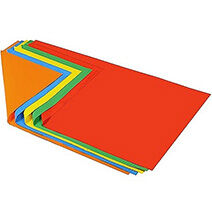

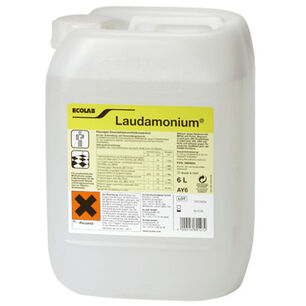
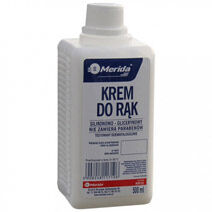

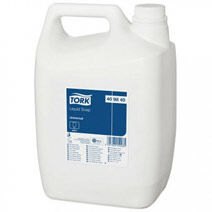
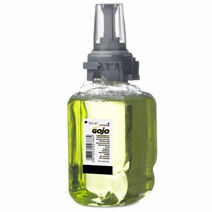

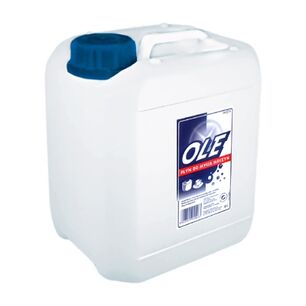

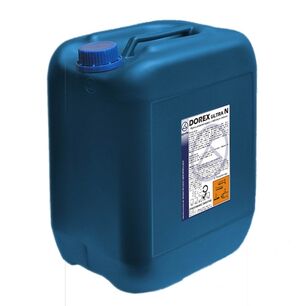
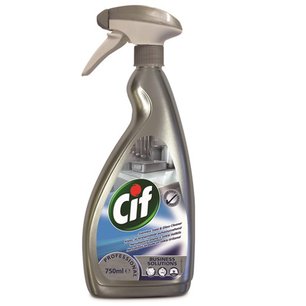
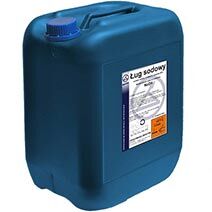

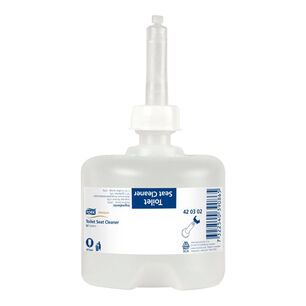
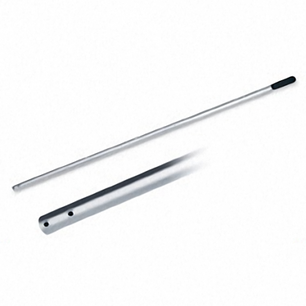
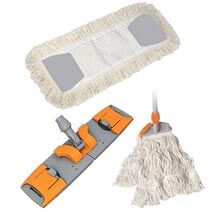
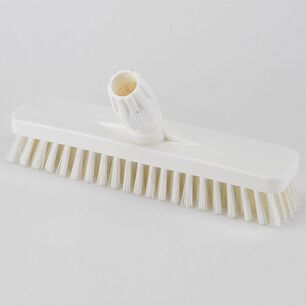
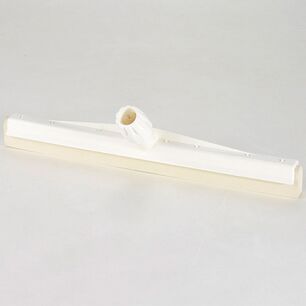

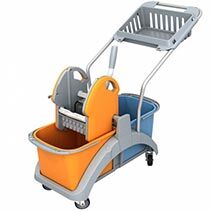
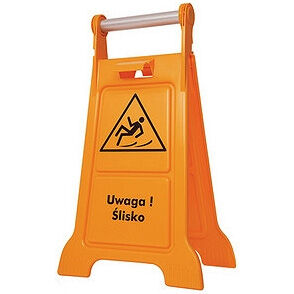
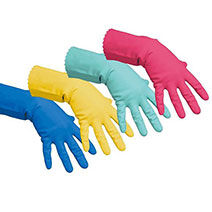
 Polski
Polski
 Englisch
Englisch
 Český
Český
 Español
Español
 Slovenská
Slovenská